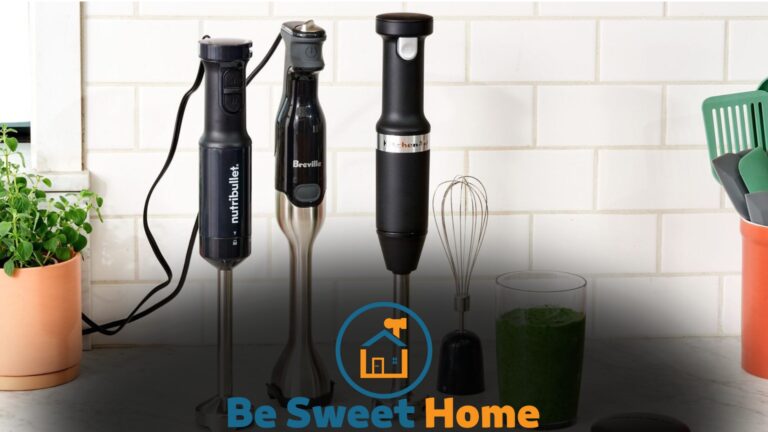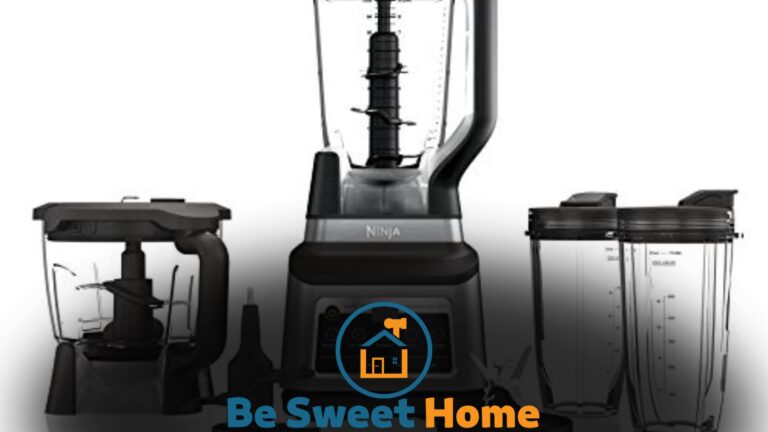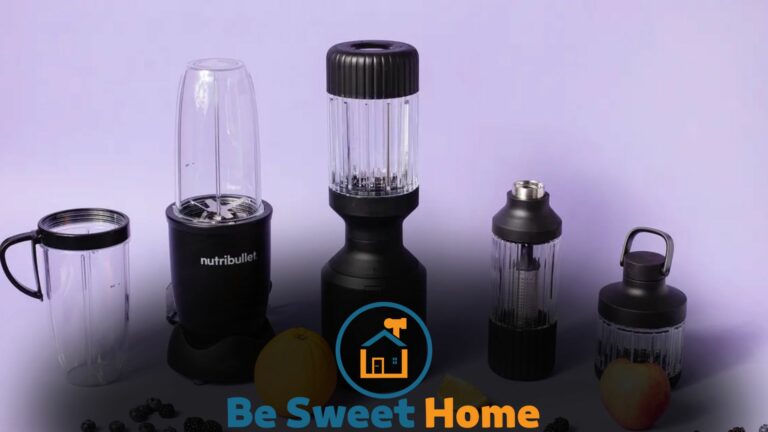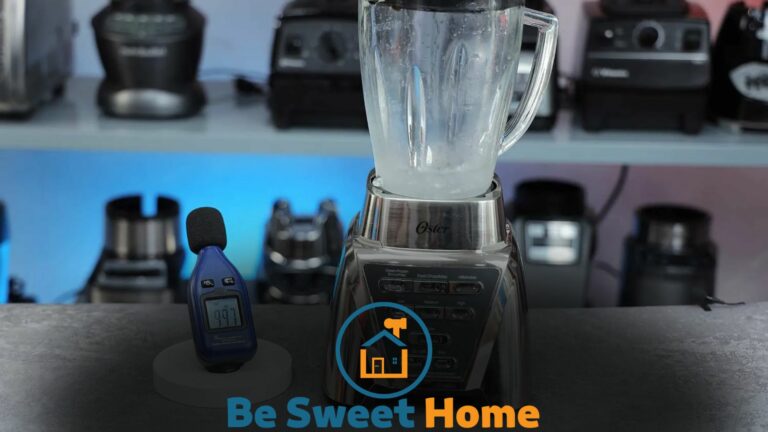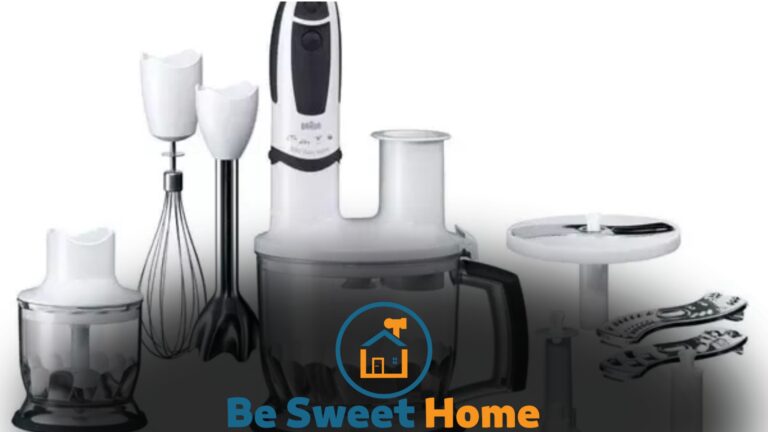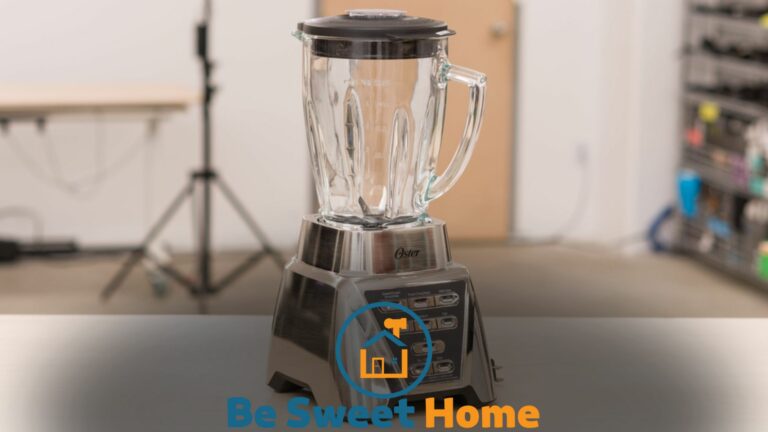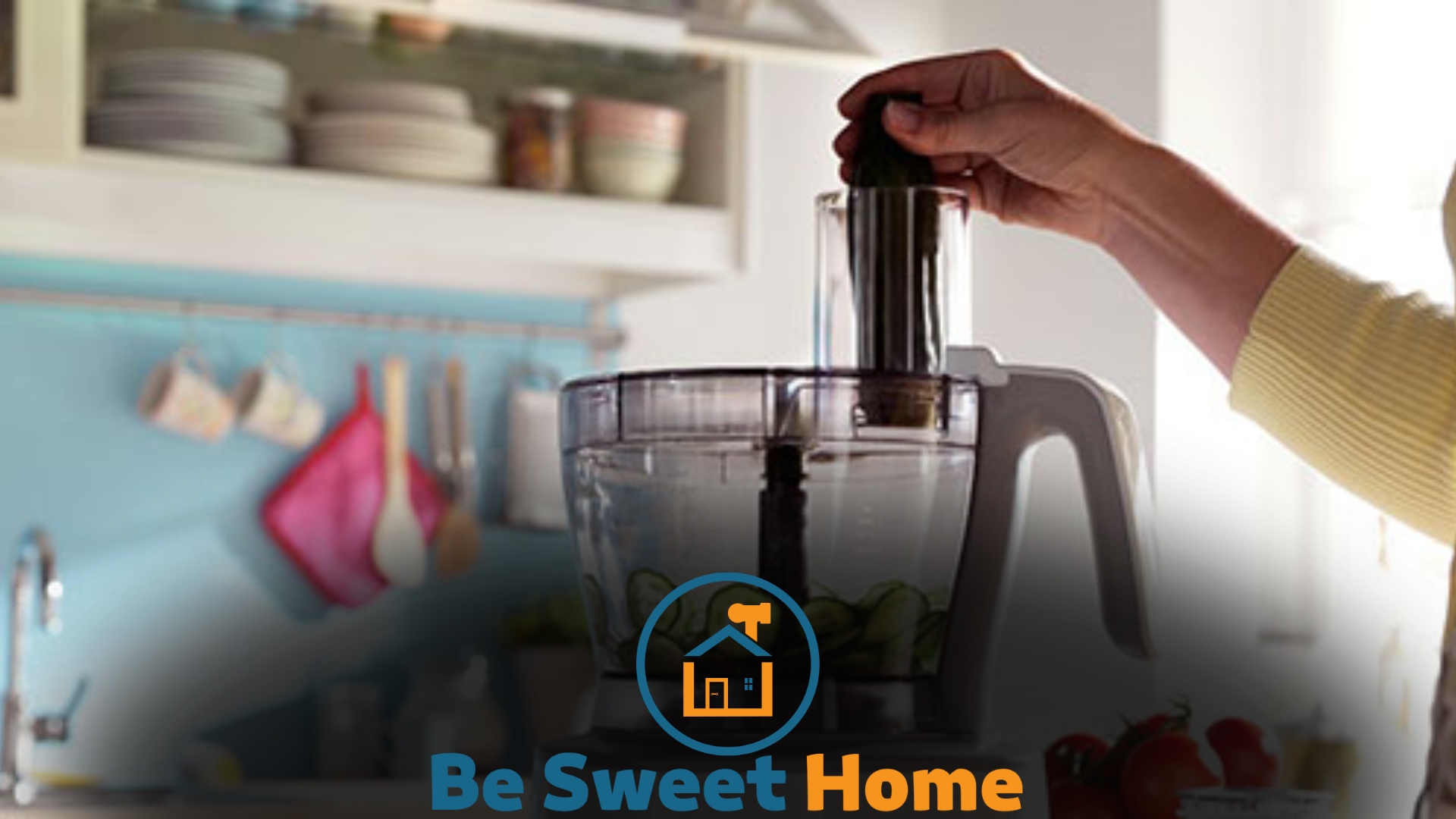

A Blender is ideal for liquid-based tasks like smoothies, while a Food Processor excels at handling more solid foods for slicing, chopping, and dough kneading. Blenders and food processors are two kitchen appliances designed to make food preparation more efficient but serve different purposes.
Blenders typically have a tall, narrow container with a fixed blade at the base, making them perfect for creating smooth, homogenous liquids.
Food processors, however, come with a more expansive, shorter bowl and various interchangeable blades, giving them versatility for different cutting tasks, from finely chopped onions to shredded cheese and even pie crusts.
Although they may look similar and have overlapping functions, choosing the right appliance depends on the cooking task to achieve the best results.
Blender vs. Food Processor: Purpose and Function
Explore the distinct roles of blenders and food processors in your kitchen. Both appliances streamline food preparation but serve unique functions. Understanding their purposes can guide you in making the perfect choice for your culinary needs.
Core Functionality of a Blender
Blenders excel at liquid tasks. Their design targets the blending of soft food items and liquids. Blenders create smooth, lump-free outcomes. Ideal for shakes and soups, blenders are a staple in any kitchen.
- Purees – Achieve silky textures for soups and sauces.
- Smoothies – Combine fruits and veggies for healthy drinks.
- Crushing Ice – Perfect for chilled beverages and cocktails.
Primary Tasks of a Food Processor
Food processors specialize in solid food tasks. They handle slicing, dicing, and more with ease. Each attachment serves a specific purpose, from shredding cheese to kneading dough.
| Function | Task Details |
|---|---|
| Chopping | Quick, uniform cuts for vegetables. |
| Slicing | Even slices for salads and garnishes. |
| Shredding | Grate cheese or vegetables efficiently. |
| Kneading | Mix and knead dough for bread or pastry. |
Design Specifics: Blades and Bowls
When deciding between a blender and a food processor, it’s essential to understand their designs. Every machine has particular parts. These parts help them do different jobs in the kitchen.
Blender Design Elements
Blenders are built for liquids and smooth textures. They have tall, narrow bowls. This shape pushes the ingredients down.
The blades in the blenders are fixed. They usually have a pointed edge. This is to crush ice and blend soft fruits quickly. Most blenders can’t chop hard food well.
Food Processor Construction
Food processors are the multi-taskers in the kitchen. They come with wide, flat bowls. The bowls have more space for solid foods. The blades in a food processor are different. They can be swapped to do various jobs.
Some blades chop vegetables. Others knead the dough. The design of a food processor makes it great for slicing, dicing, and shredding.
Quick Comparison:
| Feature | Blender | Food Processor |
|---|---|---|
| Bowl Shape | Tall and narrow | Wide and flat |
| Blade Type | Fixed, pointed | Interchangeable |
| Best For | Liquids, smoothies | Chopping, kneading |
Let’s explore their blades and bowls more!
- Blenders have one blade type.
- Food processors have many blade options.
- Blender blades blend quickly.
- Food processor blades do more than blend.
Texture and Consistency
Texture and consistency are vital in the kitchen.
They define the difference between a smoothie and a salad.
Blenders and food processors help make these textures.
But they do not work the same way.
Blender Results
Blenders create smooth and liquid mixes.
- Makes pureed soups velvety.
- Turns fruits into fine smoothies.
- Crushes ice for frozen drinks evenly.
For consistent, thin results, use a blender.
Food Processor Outcomes
Food processors handle solid to semi-solid foods.
- Chops veggies for crunchy texture.
- Grate cheese or carrots coarsely.
- Dice nuts for chunky baking treats.
For varied textures, choose a food processor.
Ease of Use and Cleaning
Kitchen gadgets like blenders and food processors are powerhouses for making meals. Yet, understanding how they differ in ease of use and cleaning can help you choose the right tool for your recipe.
Operating a Blender
Blenders are designed for simplicity. With basic controls, it’s easy to operate them. Most models feature touch buttons or dials to adjust speed. To use, simply:
- Place ingredients in the blender jug.
- Secure the lid tightly.
- Select the desired setting.
- Push start and let the blender do its magic.
The uniform shape of the blender jug allows for efficient liquid circulation, leading to smooth results quickly. Often, blenders come with a stirring rod to help mix ingredients safely.
Maintaining a Food Processor
Food processors have more parts, but don’t worry. Most of these parts are dishwasher-safe. Here’s a quick guide to cleaning:
- Disassemble blades and removable parts.
- Rinse each part under warm water to remove leftover food.
- Place parts in the dishwasher or wash by hand.
- Dry thoroughly before reassembling.
A food processor’s various attachments mean more functionality and more cleaning time. Remember to handle blades with care, as they are very sharp.
The food processor base should be wiped with a damp cloth to remove spills or crumbs.
Versatility in the Kitchen
Navigating the kitchen requires tools to keep up with the diverse cooking tasks. Two such indispensable gadgets are blenders and food processors. Their roles often overlap, but they shine uniquely. Understanding their proficiencies will transform your culinary adventures.
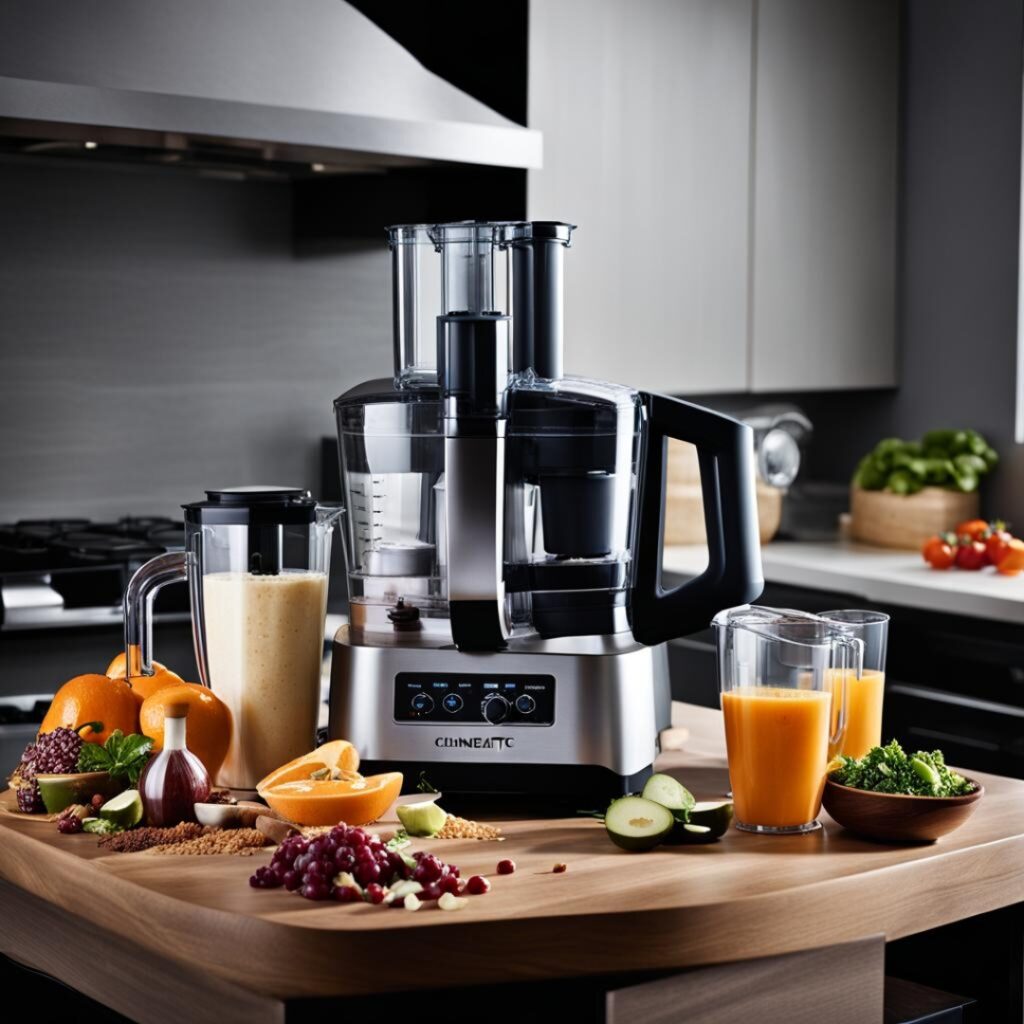
Blender’s Adaptability
Blenders are stars at making anything liquid, velvety, and smooth. Here are some tasks where blenders excel:
- Creamy soups – pureeing veggies into warm goodness
- Smoothies – blending fruits, veggies, and liquids
- Sauces – emulsifying ingredients for consistency
They can easily handle ice, frozen fruits, and stricter content.
Food Processor’s Range of Uses
Food processors boast an impressive skill set. They are perfect for:
| Task | Description |
|---|---|
| Chopping | Quickly dicing vegetables |
| Shredding | Grating cheese or veggies |
| Kneading | Mixing dough for bread or pizza |
They come with multiple blades and disks tailored for each unique task.
Making the Right Choice for Your Needs
Imagine standing in a kitchen store, confused between a gleaming blender and a robust food processor. Both serve essential food preparation roles that align with your culinary needs.
It’s time to unravel this kitchen conundrum by assessing each appliance’s place on your countertop. With the proper insight, making an informed decision becomes a piece of cake.
Assessing Kitchen Requirements
Blenders excel in liquids and are ideal for making smoothies, soups, and sauces. Their blades are perfect for liquefying and mixing. Food processors stand out in handling solids; they chop, slice, grate, and knead dough. Each has unique qualities. Your cooking routine determines which is the better fit for you.
Factors To Consider Before Purchasing
Reflect on these points when choosing between a blender and a food processor:
- Functionality: What recipes do you make often? Blenders are great for drinks and smooth textures. Processors handle chopping and dough with ease.
- Power: Search for motors strong enough for your tasks.
- Size: Match the appliance size with your kitchen space.
- Attachments: Extra blades and tools can expand culinary options.
- Price: Consider your budget; pricier doesn’t always mean better.
- Ease of cleaning: Simple disassembly aids quick cleaning.
Select without stress by thinking through each aspect. This ensures you enjoy every blend or chop in your future cooking ventures.
Frequently Asked Questions of What is the Difference Between Blender and Food Processor
Can Blender and Food Processor Interchange?
Blenders and food processors have distinct functionalities; they cannot always interchange. Blenders are optimal for liquids, while food processors are better for solid or semi-solid ingredients.
What Tasks Best Suit a Food Processor?
Food processors excel at chopping, slicing, dicing, and shredding, making them ideal for food prep tasks involving solid foods such as vegetables and cheeses.
Is Blender Superior for Smoothies?
Yes, blenders are designed to crush ice and blend fruits, yielding smoother and more consistent smoothies than food processors.
When should you use a blender over a food processor?
Use a blender when working with liquids to achieve a smooth texture, perfect for soups, smoothies, and purees.
Do Food Processors Handle Dough?
Food processors can mix and knead dough effectively, thanks to their sturdy blades and a pulsing action, which is not a feature typically found in standard blenders.
Conclusion
Selecting the suitable kitchen gadget boils down to your culinary needs. Blenders excel in creating smooth concoctions, while food processors offer broader versatility with solid foods. By understanding their unique strengths, you can decide to enhance your meal prep efficiency and expand your recipe repertoire.
Choose wisely for a streamlined cooking experience.

